Envision
Boosting Operational Efficiencies in Ports Through Planning and Optimization of Workflows

Table of content
1. Introduction
2. Operational Efficiencies - The Secret to Smooth Sailing
3. Planning - Setting the Path
4. Workflow Enhancement - Full Steam Ahead
5. Reaping the Benefits -Above the Port Gates
6. Conclusion
Ports are essential nodes in the global supply chain, a hive of activity that enables the smooth transportation of products around the world. It is critical for a port to have well-planned and optimized workflows to function properly and maximize capacity. This, in turn, not only improves operating efficiencies but also increases productivity, lowers expenses, and improves the port's overall performance. Let’s explore the significance of port process planning and optimization, as well as how it can lead to improved operating efficiencies.
Operational Efficiencies - The Secret to Smooth Sailing
In the context of ports, operational efficiency relates to the speed, efficacy, and cost of transferring cargo through the port. It is the conclusion of various critical activities such as docking, unloading, storage, retrieval, and dispatch. Inefficient procedures can cause delays, increased expenses, and significant losses, which can spread across the supply chain and have an impact on global trade.
As a result, the significance of effective planning and workflow optimization in port operations cannot be overstated. It entails systematically organizing tasks, equipment, staff, and technology in such a way that operations are streamlined, and waste (both time and resources) is reduced.
Planning - Setting the Path
Improving port efficiency requires thoughtful preparation. It involves identifying potential bottlenecks, balancing workloads, allocating resources, and developing contingency plans for unexpected scenarios. A well-planned operation has a better possibility of adapting and responding quickly to changes, resulting in smooth operations.
Let's examine berth planning as an example. Effective berth planning takes into account the kind of cargo, vessel size, available resources, and the port's overall schedule to allocate the best berth for each ship. Vessels can be unloaded and loaded effectively with proper planning, saving turnaround time, and improving port capacity.
Workflow Enhancement - Full Steam Ahead
Although strategy establishes the foundation, optimization accelerates operations to maximum efficiency. Workflow optimization in ports requires fine-tuning processes, implementing new technologies, and learning from prior experiences in order to increase performance.
The development of automation and Artificial Intelligence (AI) in the past few years is a noteworthy example of workflow optimization. For instance, using Automated Guided Vehicles (AGVs) for container transportation within the port reduces human error and increases production. Similarly, AI algorithms can be utilized for predictive maintenance, assisting in the prediction of equipment faults and their proactive resolution, hence decreasing downtime.
Reaping the Benefits -Above the Port Gates
Boosting efficiency in operations through workflow planning and optimization benefits the entire supply chain, not just the port. It results in a faster flow of commodities, lower operational costs, and increased reliability, all of which have a direct impact on the global economy.
In addition, it improves the port's ability to handle additional traffic, essentially expanding capacity without the need for physical expansion. This is especially important in light of the growing amount of global trade and the necessity for ports to adjust without dramatically expanding their footprint.
The significance of workflow planning and optimization for improved efficiency in operations in ports cannot be overstated. Ports will need to invest more in planning and optimization efforts as the globe becomes increasingly interconnected and the number of global trade increases. Ports can strengthen their role as important facilitators of global trade and continue to anchor the global economy by optimizing operations and embracing the power of technology.
Talk to us today to know how our solutions can accelerate your digital transformation
Let's Talk




.webp)
.webp)
.webp)
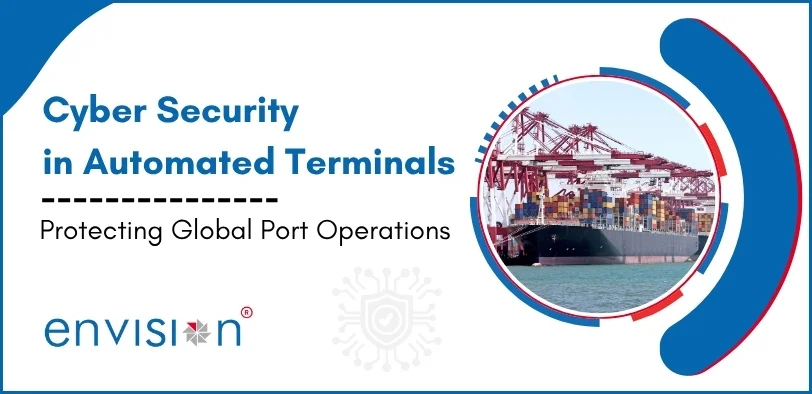



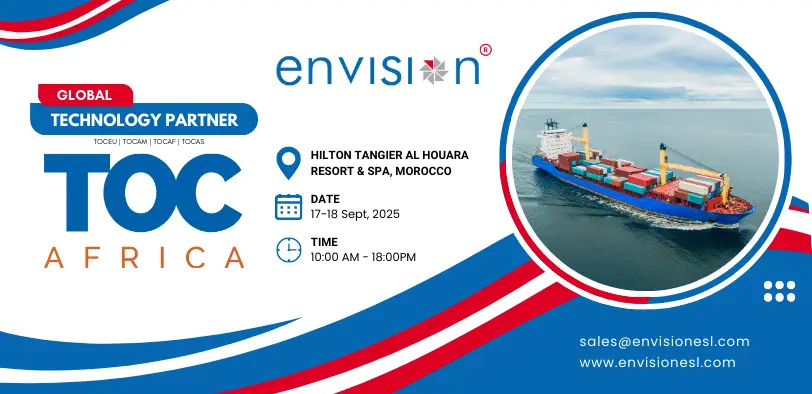
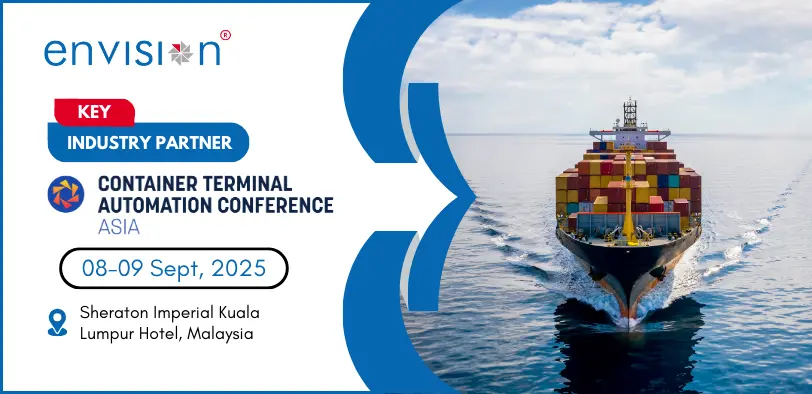
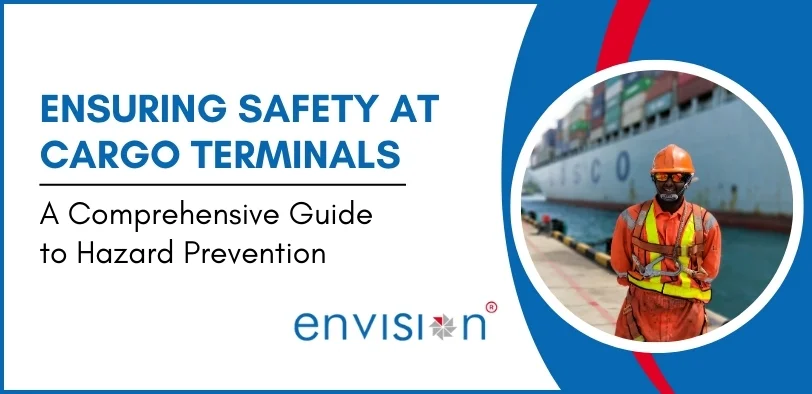

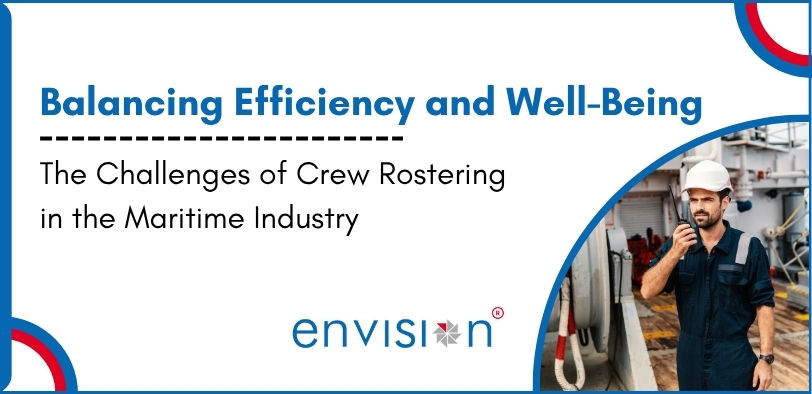
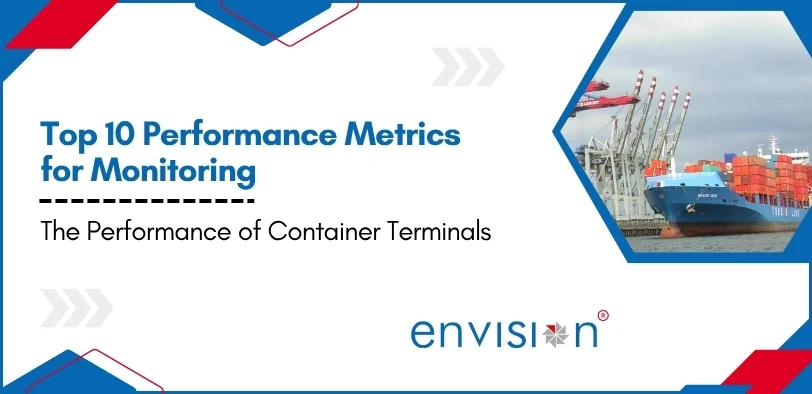

.webp)
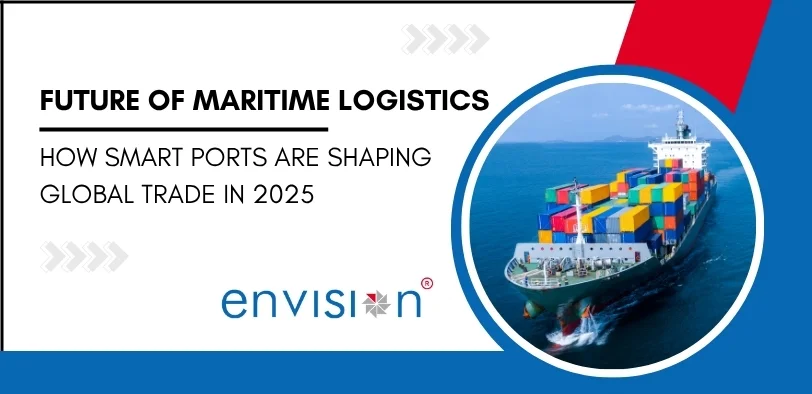







%20ver1_1.webp)







.webp)
.png)
.png)







































